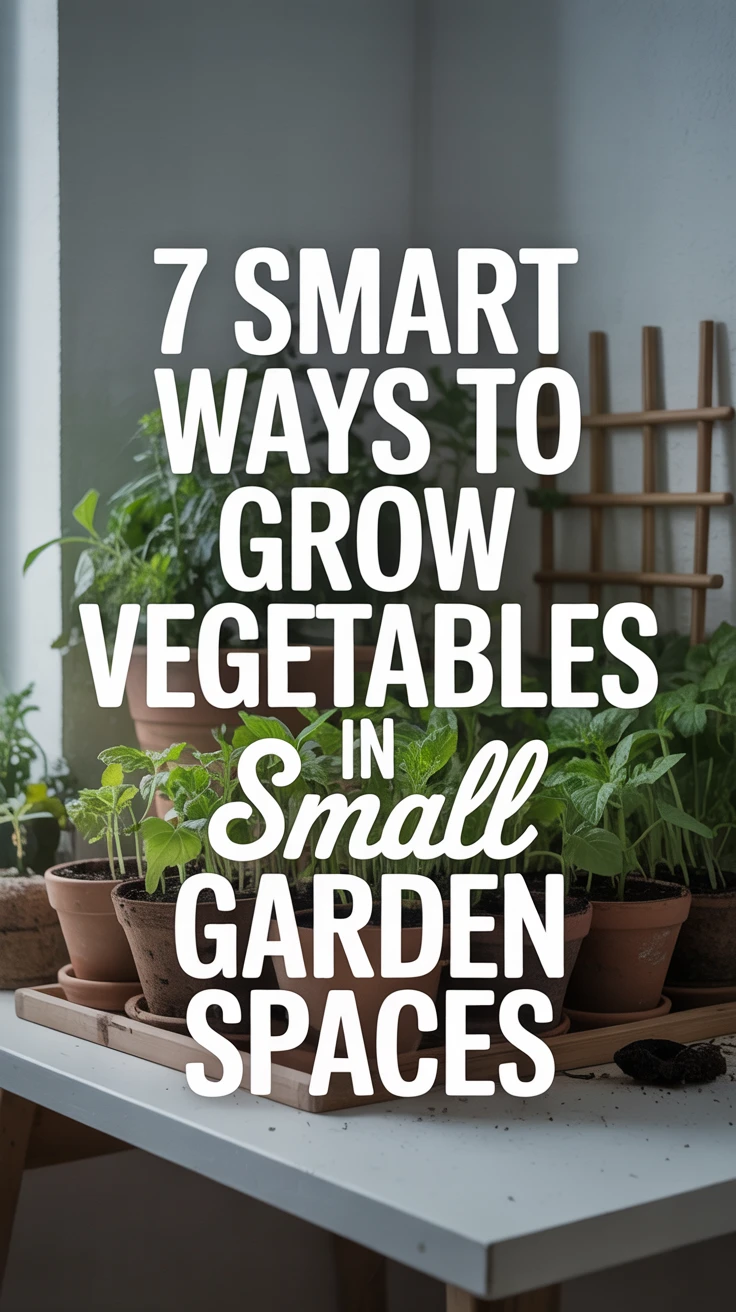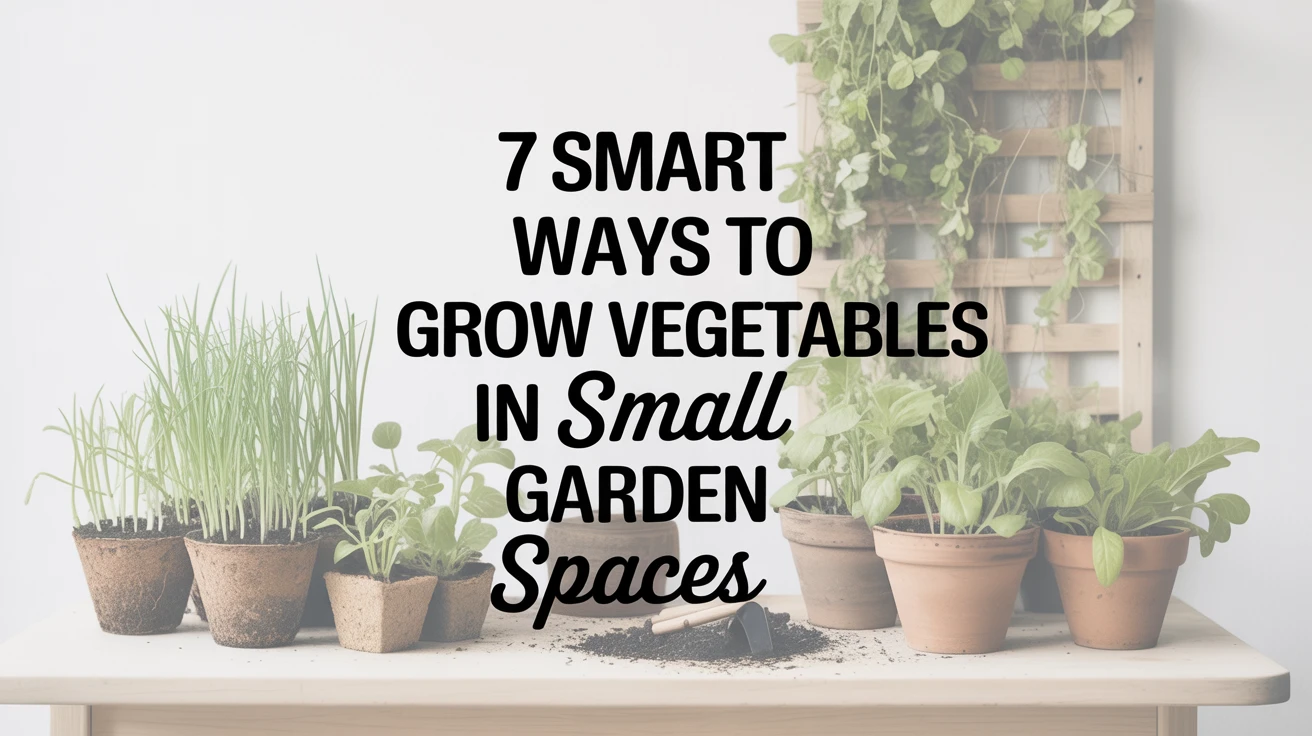
Introduction
When I first moved into my urban apartment with only a tiny balcony, I thought my dreams of fresh homegrown vegetables were over. But necessity truly is the mother of invention! I’ve since discovered that you don’t need acres of land to grow delicious vegetables—just smart planning and creative use of space. Whether you’re working with a small backyard, a balcony, or even just a sunny windowsill, there are numerous ways to create a productive small vegetable garden that yields impressive harvests.
In my years of experimenting with compact gardening, I’ve found that the key to success lies in maximizing vertical space, choosing the right containers, and selecting plants that thrive in confined areas. Today, I’m sharing seven proven strategies that have transformed my limited space into a thriving mini farm. Let’s explore how you can turn even the smallest area into a productive vegetable garden that nourishes both body and soul.
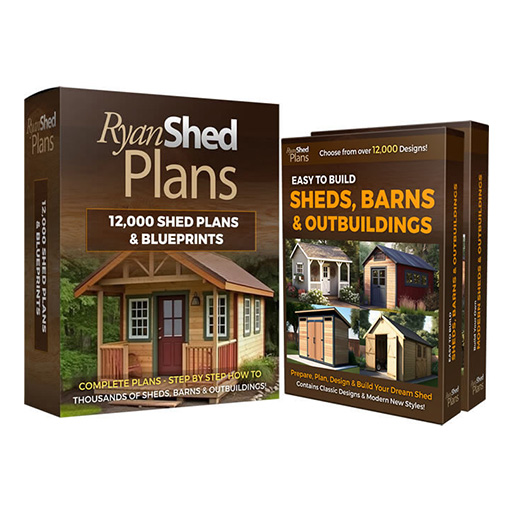
- 12,000 shed plans covering all sizes
- A complete and exact list of materials
- LEGO style assembly instructions
- 3D CAD designed images
- Step-By-Step , A-Z Details
- Illustrated with color photos and instructions
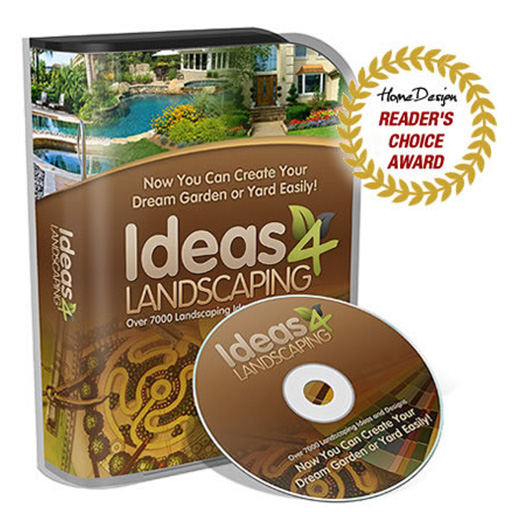
- 7,250 Landscaping ideas, photos, plans and designs
- 100% Risk-Free money back guarantee
- 120 Premium landscaping videos
- Landscaping secrets revealed
- The ultimate green home guide
- How to grow organic vegetables
1. Growing Up: The Benefits of Vertical Gardening
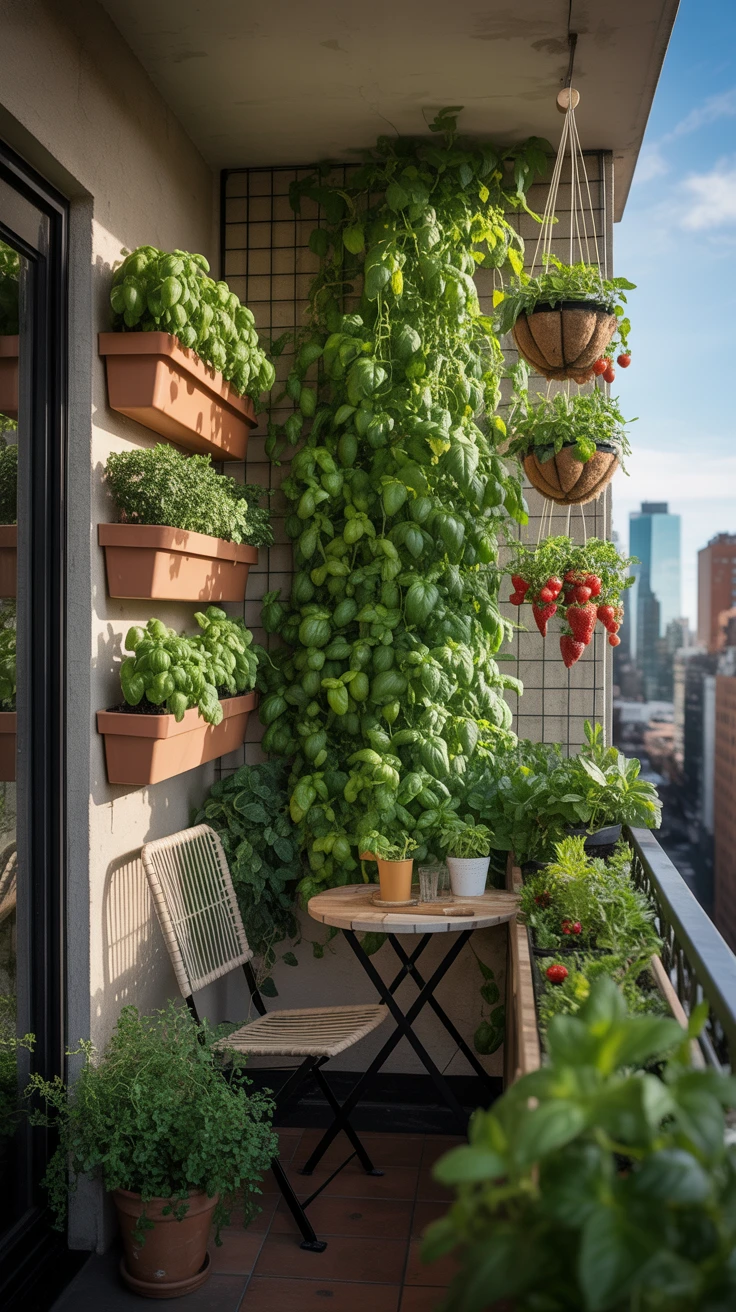
When horizontal space is at a premium, the only way to go is up! Vertical gardening has been a game-changer in my small vegetable garden. By utilizing walls, fences, and trellises, I’ve managed to double my growing area without expanding my footprint.
The first time I installed a simple trellis for my cucumber plants, I was amazed at how much more efficiently they grew compared to when they sprawled across my limited ground space. Not only did I fit more plants, but the improved air circulation also reduced disease problems I’d struggled with previously.
- Wall-mounted planters: Perfect for herbs and leafy greens
- Trellises and stakes: Ideal for vining crops like peas, beans, cucumbers, and small melons
- Hanging baskets: Great for cherry tomatoes, strawberries, and trailing herbs
- Pocket gardens: Fabric wall pockets that can hold multiple plants

View on AmazonAs an Amazon Associate, I earn from qualifying purchases.

View on AmazonAs an Amazon Associate, I earn from qualifying purchases.
Pro Tip: When installing vertical structures, ensure they’re positioned so they don’t shade other plants. I once placed a tall trellis on the south side of my garden, inadvertently creating shade for sun-loving tomatoes—a mistake I quickly corrected!
2. Pot It Up: Mastering the Art of Container Gardening

Container gardening offers incredible flexibility for small spaces. I’ve grown everything from potatoes to peppers in containers, often with better results than traditional garden beds. The beauty of containers is that they can be placed anywhere that receives adequate sunlight—patios, balconies, stairways, or even hanging from railings.
My first container garden consisted of a few five-gallon buckets with drainage holes drilled in the bottom. While not the prettiest setup, those buckets produced some of the best tomatoes I’ve ever grown. I’ve since graduated to more attractive options, but the principle remains the same: with good drainage and the right soil mix, containers can be incredibly productive.
- Self-watering containers: Reduce maintenance and provide consistent moisture
- Fabric grow bags: Lightweight, breathable, and promote healthy root systems
- Repurposed items: Old buckets, wooden crates, or even rain boots can become planters
- Window boxes: Perfect for herbs and shallow-rooted vegetables
Pro Tip: Use a quality potting mix specifically formulated for containers rather than garden soil, which can become compacted. I learned this lesson the hard way when my first container plants struggled in heavy garden soil that didn’t drain properly.
3. Square Foot Gardening: Maximizing Every Inch

Square foot gardening revolutionized my approach to small vegetable garden spaces. This method involves dividing growing areas into 1×1 foot squares, with each square dedicated to a specific number of plants based on their size. It’s an incredibly efficient system that eliminates wasted space and simplifies planning.
I remember being skeptical about fitting 16 radishes in a single square foot, but following the system’s guidelines proved successful. The orderly approach also made maintenance much easier—I could reach every plant without stepping on the soil, and weeding became a quick, manageable task.
- Small plants (radishes, carrots, scallions): 16 per square foot
- Medium plants (bush beans, spinach): 9 per square foot
- Large plants (leaf lettuce, swiss chard): 4 per square foot
- Extra-large plants (broccoli, cabbage): 1 per square foot

View on AmazonAs an Amazon Associate, I earn from qualifying purchases.

View on AmazonAs an Amazon Associate, I earn from qualifying purchases.
Pro Tip: Create a simple grid using string or thin wood strips to clearly define your square foot sections. This visual guide helps maintain proper spacing and prevents overcrowding—a mistake I made in my early attempts that resulted in stunted growth and disease issues.
4. Raised Bed Gardening: Efficiency in Small Spaces
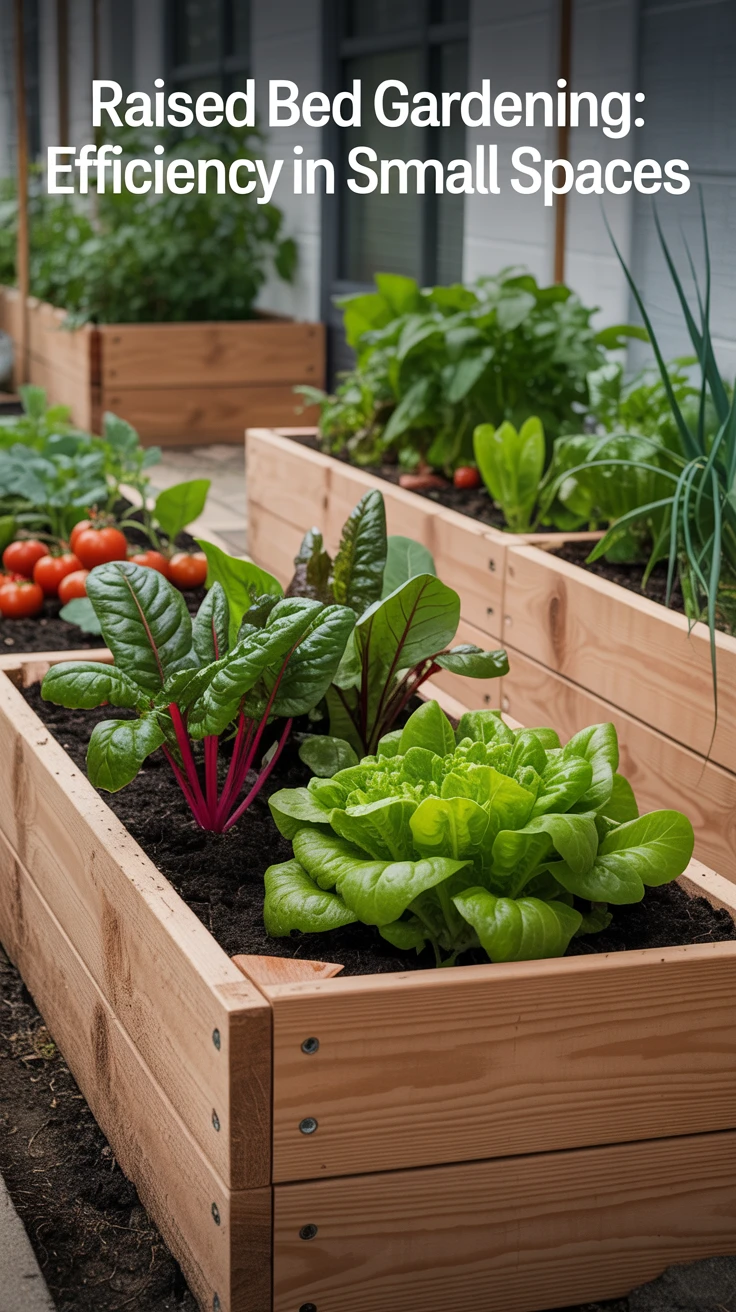
Raised beds have transformed my gardening experience by providing better drainage, warmer soil earlier in the season, and ergonomic access to plants. For small spaces, narrow raised beds (2-3 feet wide) allow you to reach all plants from the sides without stepping on the soil, preserving its structure and preventing compaction.
My first raised bed was a simple 4×2 foot frame built from untreated cedar boards. Despite its modest size, it produced an impressive amount of vegetables because the improved growing conditions allowed for tighter spacing than conventional gardening. The defined edges also created a neat, organized appearance that worked well in my small yard.
- Materials: Cedar, redwood, composite lumber, or galvanized metal
- Depth: 6-12 inches for most vegetables (deeper for root crops)
- Width: 2-3 feet for easy access from sides
- Length: As space permits
Pro Tip: Line the bottom of raised beds with hardware cloth before adding soil if you have issues with burrowing pests. I learned this after losing an entire carrot crop to voles one season—a heartbreaking experience I don’t wish to repeat!
5. Companion Planting: Strategic Gardening for Better Yields
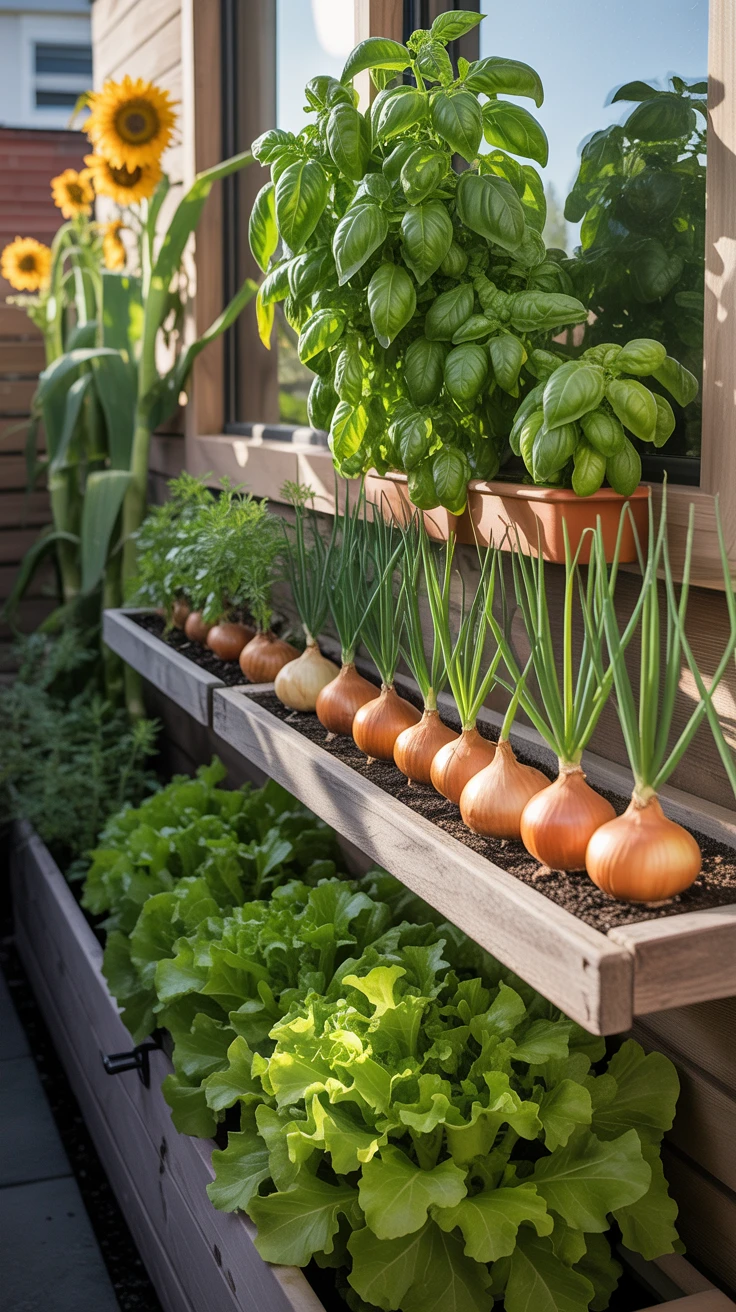
Companion planting is the strategic placement of plants that benefit each other, and it’s particularly valuable in small gardens where every inch counts. Through careful plant pairing, I’ve increased yields, deterred pests, and improved flavors without expanding my garden’s footprint.
I discovered the power of companion planting when I interplanted basil with my tomatoes one year. Not only did the basil thrive in the partial shade cast by the tomato plants, but the tomatoes seemed to develop better flavor. Plus, the strong scent of the basil helped repel some common tomato pests—a win-win combination!
- Tomatoes + Basil: Basil improves tomato flavor and repels flies and mosquitoes
- Carrots + Onions: Onion scent confuses carrot flies
- Lettuce + Tall Plants: Lettuce benefits from shade in hot weather
- Beans + Corn: Beans fix nitrogen that corn needs, while corn provides support

View on AmazonAs an Amazon Associate, I earn from qualifying purchases.

View on AmazonAs an Amazon Associate, I earn from qualifying purchases.
Pro Tip: Keep a garden journal to track successful (and unsuccessful) plant combinations. What works in one garden may not work in another due to microclimate differences. My notes from previous seasons have become invaluable for planning each year’s layout.
6. Bringing the Garden Indoors: Utilizing Indoor Spaces

When outdoor space is extremely limited, don’t overlook the potential of indoor growing. My apartment windowsills have produced countless harvests of herbs and leafy greens, extending my growing season year-round regardless of outdoor conditions.
I started with a simple pot of basil on my kitchen windowsill, and its success encouraged me to expand. Now, even during winter months, I maintain a productive indoor garden that provides fresh herbs and greens for cooking. The psychological boost of tending growing plants during dreary winter days has been an unexpected benefit.
- South-facing windows: Ideal for sun-loving herbs like basil, rosemary, and thyme
- East/west windows: Good for leafy greens and many culinary herbs
- North windows: Suitable for shade-tolerant herbs like mint and chives
- Under grow lights: Any vegetable seedlings or light-loving plants
Pro Tip: Rotate indoor plants a quarter turn each week to ensure even growth. I once neglected this step and ended up with herbs that leaned dramatically toward the window, creating an unbalanced appearance and weaker stems on one side.
7. Hydroponic Systems: Cutting-Edge Small Space Solutions
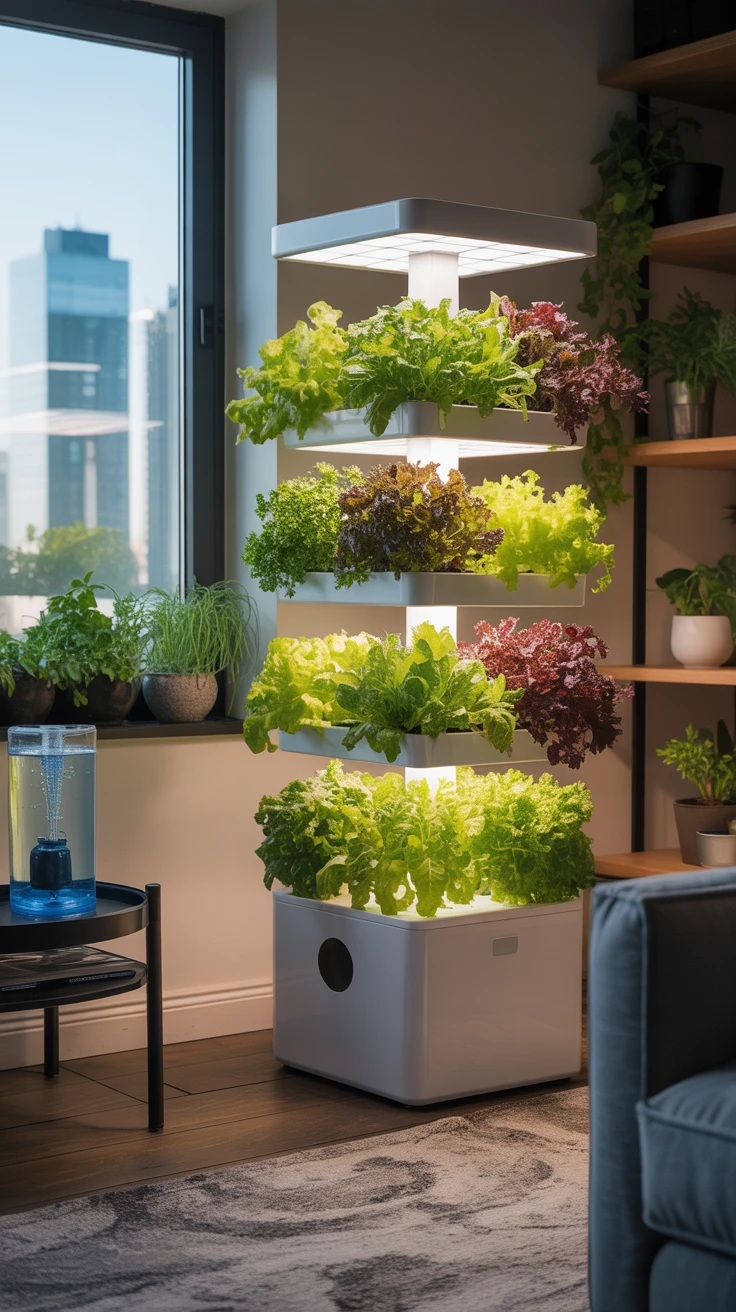
Hydroponics has revolutionized my approach to indoor gardening, allowing me to grow vegetables without soil in extremely limited spaces. These water-based systems can produce impressive yields in a fraction of the space required for traditional gardening, making them perfect for apartments or homes with minimal outdoor access.
My first hydroponic setup was a simple DIY deep water culture system made from a plastic storage container, net pots, and an aquarium air pump. Despite its simplicity, it successfully grew lettuce in my living room at a fraction of grocery store costs. The absence of soil also meant no mess and fewer pest problems—a significant advantage for indoor growing.
- Deep water culture: Plants grow with roots suspended in nutrient-rich water
- Nutrient film technique: A thin film of water flows over plant roots
- Wick systems: Simple passive systems ideal for beginners
- Vertical hydroponic towers: Space-efficient systems that can grow dozens of plants

View on AmazonAs an Amazon Associate, I earn from qualifying purchases.

View on AmazonAs an Amazon Associate, I earn from qualifying purchases.
Pro Tip: Start with leafy greens and herbs in your first hydroponic system, as they’re more forgiving and have faster growth cycles. My early attempts with more challenging crops like tomatoes were less successful until I gained more experience with nutrient management.
Frequently Asked Questions
What vegetables grow best in small spaces?
The most space-efficient vegetables include leafy greens (lettuce, spinach, kale), herbs, radishes, bush beans, cherry tomatoes, and peppers. Vertical growers like peas and cucumbers are also excellent when trellised. I’ve had particular success with “cut-and-come-again” varieties that allow multiple harvests from the same plants.
How do I deal with limited sunlight in my small garden?
Focus on growing shade-tolerant vegetables like leafy greens, some herbs, and root vegetables in areas with 4-6 hours of sun. For areas with less light, consider using grow lights to supplement. I’ve successfully grown lettuce and herbs in areas that receive as little as 3-4 hours of morning sun by choosing the right varieties.
Can I grow vegetables if I only have a windowsill?
Absolutely! Herbs, microgreens, and some leafy vegetables can thrive on a sunny windowsill. Choose compact varieties specifically bred for containers. My windowsill herb garden provides fresh basil, chives, and parsley year-round with minimal space requirements.
How often should I water my small vegetable garden?
Container gardens and small spaces typically require more frequent watering than in-ground gardens—sometimes daily during hot weather. The best approach is to check the soil moisture regularly; water when the top inch feels dry. I use my finger as a moisture meter, watering only when the soil feels dry below the surface.
Is it worth growing vegetables in a small space?
Definitely! Even a very small garden can produce surprising amounts of fresh, nutritious food. Beyond the harvest, gardening offers stress relief, connection to nature, and the satisfaction of growing your own food. My tiny balcony garden produces enough herbs and salad greens to significantly reduce my grocery bill during the growing season.
